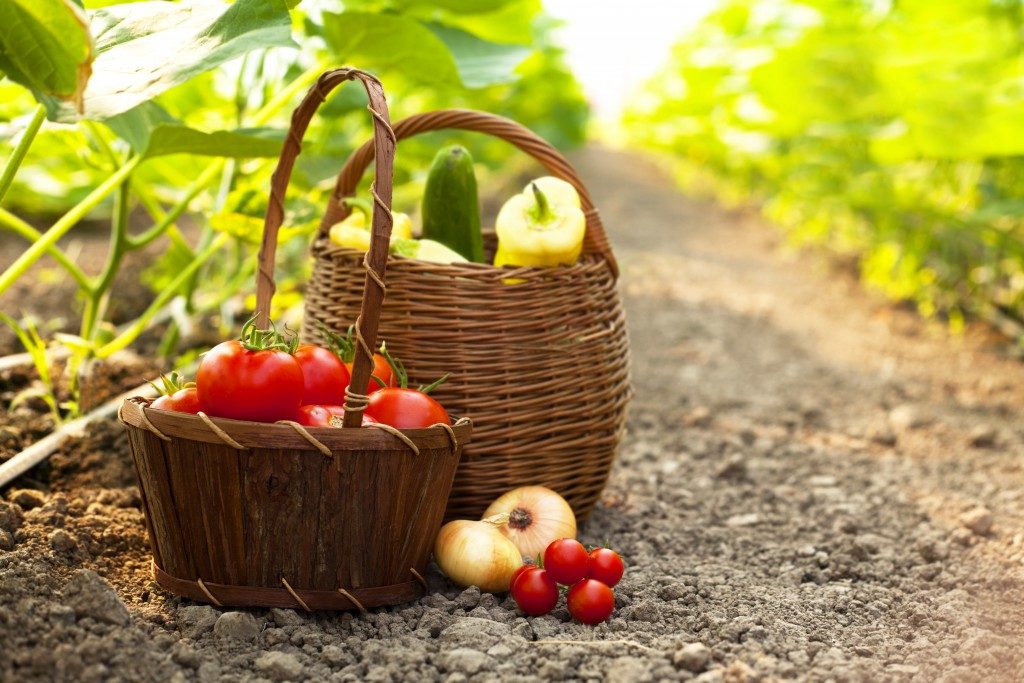Vegetables are among the best plants you can grow in a mini greenhouse in your NZ home. Not only is it practical but also beneficial to your health. But how do you start and manage a vegetable garden at home?
Growing your own produce is not as complicated as you might expect. Here are a few hacks to help you build your dream vegetable garden from scratch.
Condition Your Soil
Like with any other type of garden, everything starts with the soil. Experts say vegetables grow best in moist and well-drained soil. It is also ideal to plant them in organic matter, such as peat moss or compost.
You can use a soil thermometer to monitor the temperature within the soil to ensure that it remains conducive for plant growth. Bear in mind that the right temperature in the earth is essential to keep your plants alive and thriving.
Use Your Space Wisely
How you utilise your garden space is just as important as where you set up your greenhouse. Using your vegetable garden space wisely will make it much easier for you to manage all your plants.
Expert gardeners note that raised beds can be the ideal option for beginners since they can make gardening much more manageable. Try to start small and focus on the vegetables you are sure your family will eat.
Ensure Plants’ Access to Sunlight
 Almost all warm-season vegetables need at least six to eight hours of access to sunlight. In addition, the soil’s temperature depends on the sun to keep it ideal for plant growth. It also helps strengthen the resistance of plants against diseases and insects.
Almost all warm-season vegetables need at least six to eight hours of access to sunlight. In addition, the soil’s temperature depends on the sun to keep it ideal for plant growth. It also helps strengthen the resistance of plants against diseases and insects.
One way to ensure that your plants get the sunlight that they need is by planting your vegetables in a raised garden bed. But if you do not have access to full sun, you can still have the option to grow other kinds of plants, such as spinach and lettuce.
Ensure Plants’ Access to Water
Since most vegetables will not thrive without water, you need to be careful particularly during dry spells. So, make sure that your greenhouse has a stable supply of water when planning your garden bed. Doing so will make it much easier for you to manage your plants.
Choose the Right Plants
Once you have finally set up your garden bed, you should now decide on what vegetables to plant. When choosing vegetables, it is best to read the description of each plant. Ensure that the plants are ideal to small spaces or containers so that they can thrive in your greenhouse. You should also check if they are resistant to diseases and can tolerate temperature changes.
Building and managing a vegetable garden should not be difficult. You only need to plan your greenhouse layout carefully so that you can maintain it well. Having access to a vegetable garden will help you not only save money but also improve your lifestyle. Although it can be challenging at first, you will soon see the fruits of your labour once you harvest your vegetables.

